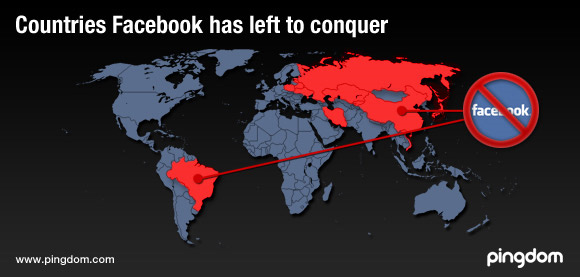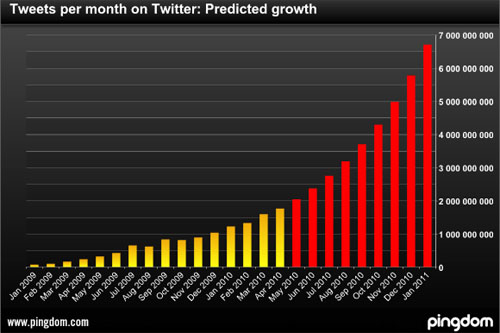Pingdom has put together an interesting report looking at just how important webmail is for the three companies that dominate it – Google, Microsoft, and Yahoo. Citing data from Alexa, the firm finds that Gmail makes up 23% of the traffic to Google.com, Hotmail gets 39% of the traffic to Microsoft’s Live.com, and Yahoo Mail gets 20% of the traffic to Yahoo.com.
Google’s Gmail traffic is only exceeded by traffic to Google.com itself.

“The actual percentages aren’t really all that important here. What’s important to note is that the subdomains used for webmail have a ranking near or at the top for all three companies,” Pingdom says on its blog. “Imagine the hit to their web presence if they didn’t have these webmail services.”
“Email has been declared dead several times over the past few years. The truth, however, is that we still depend on it more than most people realize, and there is no replacement in sight,” Pingdom says. “Google knows this. Microsoft knows this. Yahoo knows this. They know that their email services are still extremely important.”
They also make a good point in that the email services of these companies provide ways they can get other offerings i front of customers. Pingdom uses Google Buzz as an example, which was launched within Gmail. While Buzz may not be the most successful product of all time, it certainly put the service right in front of users.
In fact, Google has added a lot of things to Gmail over the years, such as GTalk, video chat, and of course ads, which are based on words that appear in conversations you have in your email.
This week, Yahoo began rolling out its all new feature-rich version of Yahoo Mail. Email would appear to be more critical to Yahoo’s strategy than even Google or Microsoft’s, as Yahoo Mail makes up the majority of traffic to Yahoo.com.
Email isn’t just important to these three major web entities either. Even the newer-genartion social media compnaies recognize the signifiance of email. Facebook has gone so far as to launch its own email addresses, and Twitter just started rolling out email notifications for more of its features, in an effort to drive further engagement with the service.
Earlier this month, MarketTools released a study commissioned by Microsoft, indicating that 45% say their use of email at work will most likely increase in the next year. 51% said it would likely stay the same, and only 4% thought it would decrease. At home, 36% said it will increase, 55% said it will stay the same, and only 6% said it will decrease.



















